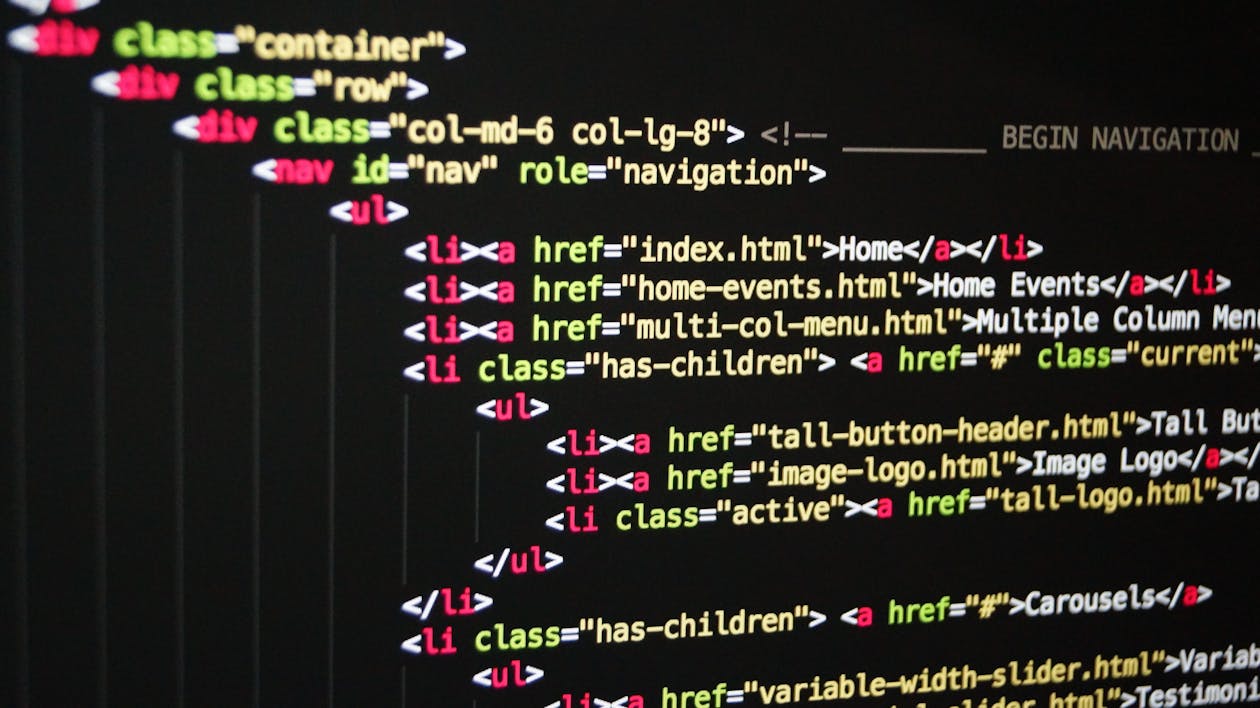Where Programs Are Installed In Linux: A Comprehensive Guide
Author: ChatGPT
February 28, 2023
Introduction
Linux is a powerful and versatile operating system that is used by many people around the world. It is open source, meaning anyone can modify and use it for free. As such, it has become popular among developers and tech-savvy users who want to customize their systems to their liking. One of the most common questions asked by new Linux users is “where programs are installed in Linux?” This article will provide a comprehensive guide on where programs are installed in Linux, as well as how to install them.

Understanding the File System Structure
Before we dive into where programs are installed in Linux, it’s important to understand the file system structure of a typical Linux installation. The file system structure of a typical Linux installation consists of several directories, each with its own purpose. The root directory (/) contains all other directories and files on the system. Directories such as /bin, /sbin, /usr/bin, and /usr/sbin contain executable files that can be run from the command line or from within applications. Other directories such as /etc contain configuration files for various applications and services running on the system.

Where Programs are Installed in Linux
Now that we have an understanding of the file system structure of a typical Linux installation, let’s take a look at where programs are installed in Linux. Generally speaking, programs are installed in one of two places: either in the root directory (/), or in one of its subdirectories (e.g., /usr/bin).
When installing software from source code (i.e., compiling it yourself), you will typically install it into one of these two locations depending on what type of software it is. For example, if you were installing an application such as Firefox or LibreOffice, you would typically install it into the root directory (/). On the other hand, if you were installing a library or utility program such as wget or tar, you would typically install it into one of its subdirectories (e.g., /usr/bin).
When installing software from pre-compiled packages (e.g., .deb or .rpm files), they will usually be installed into one of these two locations automatically by your package manager (e.g., apt-get or yum). However, some packages may require manual installation into specific locations; this is usually indicated by instructions provided with the package itself or by your package manager’s documentation.

Installing Programs Manually
In some cases, you may need to manually install a program into your system without using a package manager (e.g., if you don’t have access to an internet connection). In this case, you will need to know how to install programs manually into your system’s file system structure. To do this, first make sure that all necessary dependencies for the program have been installed; then extract any archives containing source code for the program; finally compile and install it using makefiles provided with the source code (or using instructions provided with pre-compiled packages). Once compiled and installed successfully, your program should be ready to use!

Conclusion
In conclusion, understanding where programs are installed in Linux is essential for anyone looking to customize their systems according to their needs and preferences. Generally speaking, programs are installed either in the root directory (/), or in one of its subdirectories (e.g., /usr/bin). When installing software from pre-compiled packages (e.g., .deb or .rpm files), they will usually be installed automatically by your package manager; however some packages may require manual installation into specific locations which should be indicated by instructions provided with them or by your package manager’s documentation. Finally when installing software manually without using a package manager make sure all necessary dependencies have been met before compiling and installing them using makefiles provided with source code archives or instructions provided with pre-compiled packages!


How Long Does It Take To Sell Stock And Get Money?
Discover the answer to one of the most frequently asked questions in the world of finance - learn how long it takes to sell stock and receive your earnings.

What Are High Dividend Stocks?
Discover how investing in high dividend stocks can potentially provide a steady income stream and increase your long-term returns in the stock market.

Are Data Science And Machine Learning The Same?
Data science is a field of study that focuses on extracting insights from large amounts of data. It involves using various techniques such as machine learning, natural language processing, statistics, and data mining to analyze data sets and uncover patterns or trends.

Are Remarkable Tablets Worth It?
Are you looking for a device that can replace your notebooks and printed documents? If so, you may have heard of the reMarkable 2 tablet.
